“It’s very galling we had measles eliminated and now we’ve got it again” in the U.K., says Paul Cosford, medical director of Public Health England, the government public-health agency.
The autism scare behind the Wales outbreak tracks to the era of Dr. Wakefield, then a researcher at London’s Royal Free Hospital, whose suggestion of a vaccine-autism link began to get press in 1997.
A paper Dr. Wakefield published in 1998 in the Lancet, a medical journal, described 12 “previously normal” children who developed gastrointestinal problems and developmental disorders including autism. His paper concluded that “in most cases, onset of symptoms was after measles, mumps, and rubella immunization. Further investigations are needed to examine this syndrome and its possible relation to this vaccine.”
Medical experts immediately warned parents that they considered the research incomplete and speculative, and said there was no evidence of a link. Among other studies debunking his research, a 2004 review of epidemiological studies by the U.S. Institute of Medicine found no evidence MMR caused autism.
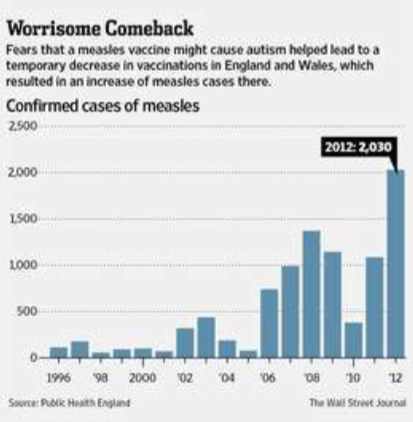
The Lancet retracted Dr. Wakefield’s paper in 2010 after the U.K.’s General Medical Council concluded that his work was “irresponsible and dishonest.” The council that year stripped him of his medical license, saying in a report that he had engaged in “serious professional misconduct.”
Dr. Wakefield says he questioned MMR’s safety but strongly urged parents to continue with a measles-only vaccine. “MMR doesn’t protect against measles,” he says. “Measles vaccine protects against measles.” He says he stands by his work despite contrary conclusions by other scientists. He didn’t respond to subsequent requests for comment on his license revocation.
His report helped spark backlash against MMR, especially in English-speaking countries, say health officials in the U.S., U.K., Australia and other countries. An estimated 2.1% of U.S. children who received other routine vaccines weren’t immunized with MMR in 2000, up from 0.77% in 1995, according to a 2008 study published in Pediatrics that concluded the change was “associated with” Dr. Wakefield’s study.
Dr. Wakefield says he rejects the idea that his research helped cause measles outbreaks, because he told parents to keep vaccinating with measles-only vaccine.
U.S. critics, including some who questioned vaccines in general, continued to campaign against the vaccine. Among them, former Playboy model and actress Jenny McCarthy, who has been named a co-host of ABC’s “The View,” became a leader of the anti-vaccine movement in the U.S. several years ago when in televised interviews she linked her son’s autism to vaccinations. A publicist for Ms. McCarthy, who wrote the forward to a 2010 book by Dr. Wakefield, didn’t respond to requests for comment.
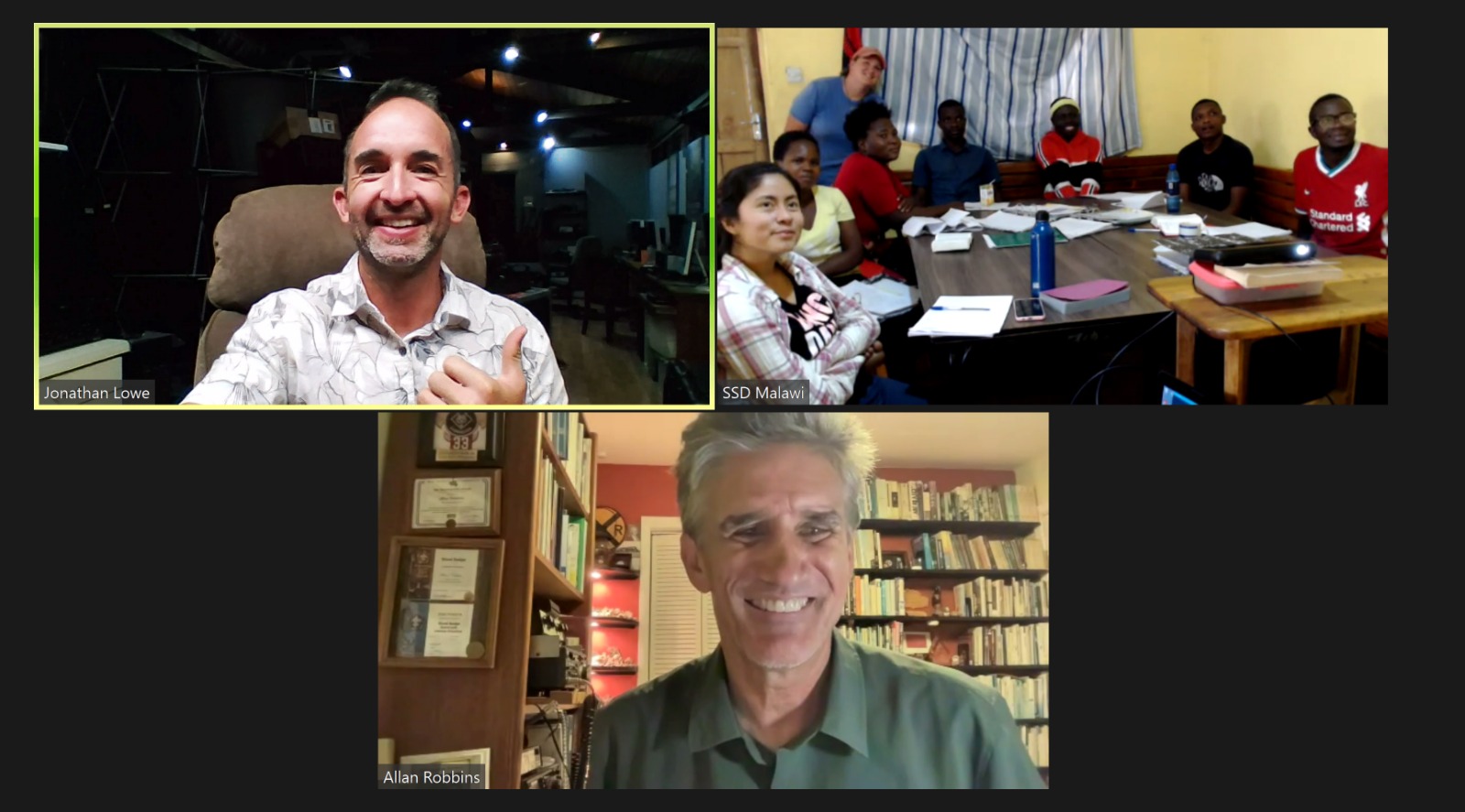
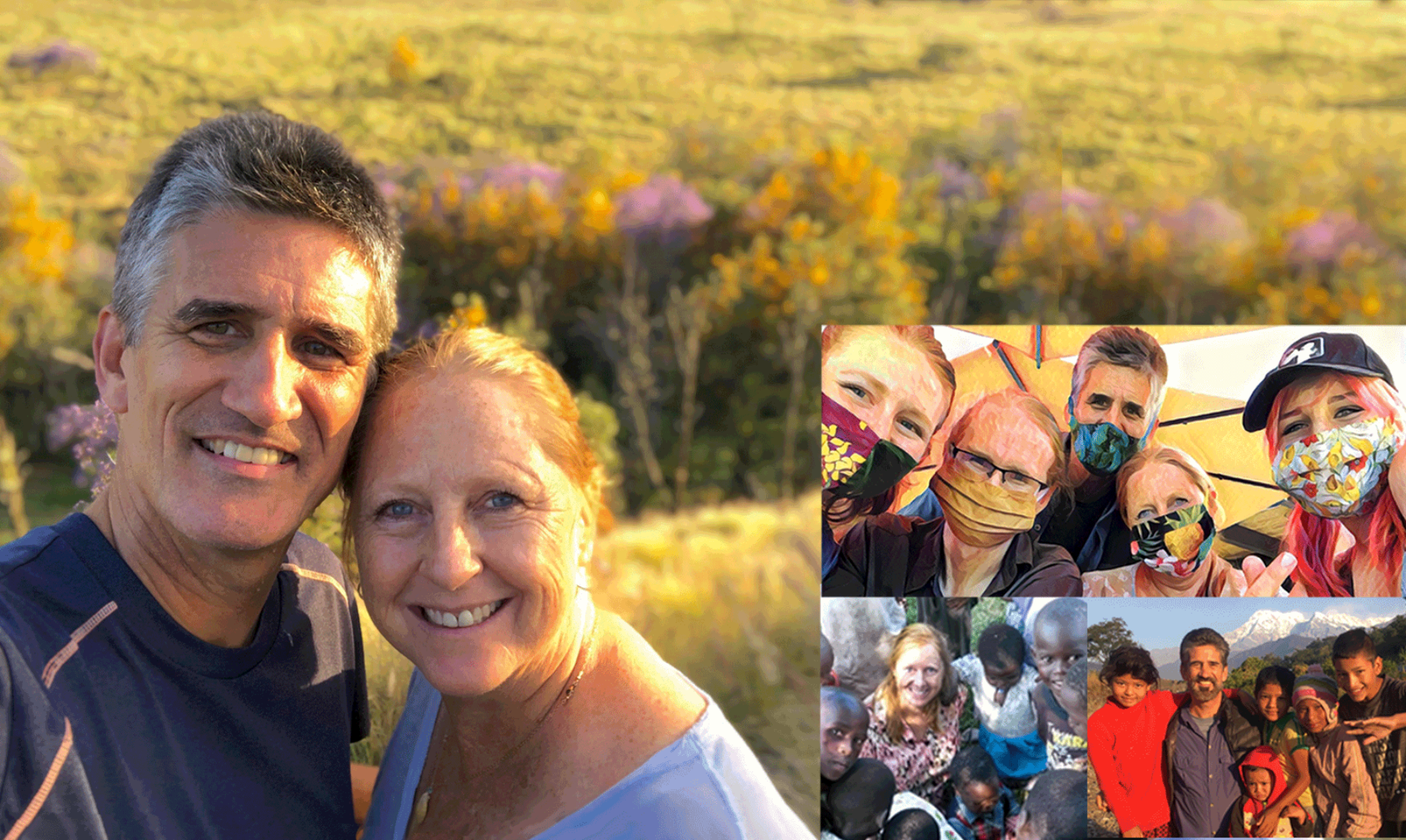


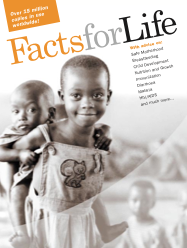
















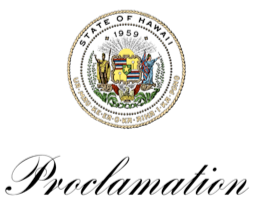
 The principles agreed at
The principles agreed at 